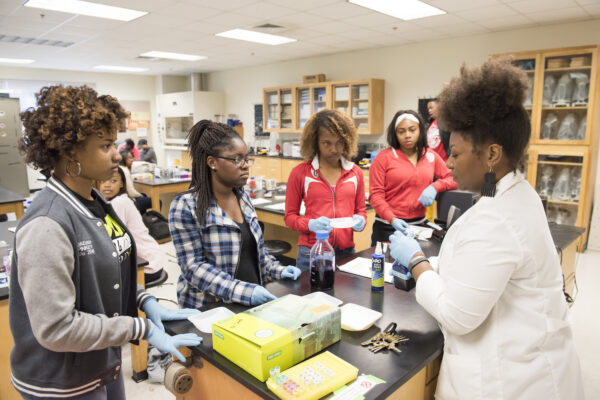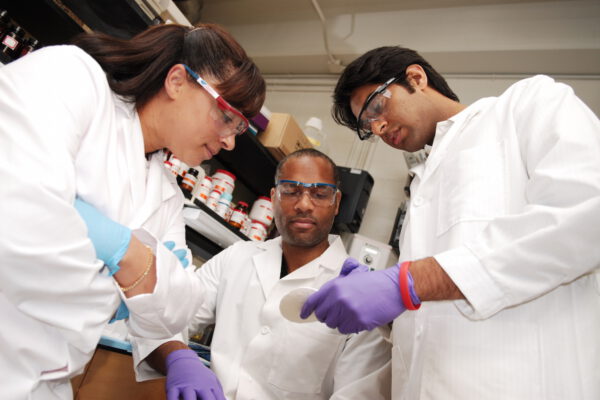U.S. Strategic Innovative Competition: Why Inclusivity Is Important to STEM Success
Untapped Innovation? The Racial and Gender Divides That Hinder the U.S. Knowledge Economy (Center for Strategic and International Studies)
Competition Needs Talent: Why Success for USICA/COMPETES Means Letting Foreign STEM Workers Stay (Bipartisan Policy Center)
Two new reports offer insights into recent legislative efforts that could impact science, technology, engineering, and mathematics (STEM) education and equity.
The America COMPETES Act of 2022 and the United States Innovation and Competition Act (USICA) are bills that deal with STEM competition, research security and foreign gifts transparency, and critical technology advancement. The America COMPETES Act, which the House approved in February, and USICA, which Senate passed in June 2021, are currently being conferenced, and lawmakers hope to pass a final measure before the end of the 117th Congress.
These bills have been a catalyst for these two reports. The first report, from the Bipartisan Policy Center, highlights the correlation between strategic international competition and international students studying in the United States. Among the findings:
- Nearly half of the international students studying in the U.S. are enrolled in STEM-related programs.
- At the graduate level, 50 percent of all engineering degrees and 57 percent of computer science degrees were awarded to international students in 2019.
- In 2019, international students composed one-third of all doctorates in science and engineering.
- International students supported around 410,000 jobs in the United States in 2020.
These numbers have the potential to grow with the support of academic institutions. The America COMPETES Act has provisions to exempt advanced degree holders in STEM from green card caps to retain international talent.
International students are not the only population experiencing barriers within the STEM field. The second report, from the Center for Strategic and International Studies (CSIS), discusses how STEM education contributes to innovative progress in the United States and how this progress is being stifled by lack of inclusivity of women and people of color.
The CSIS report cites data from various studies to highlight gaps in racial and gender equity related to STEM education, including the awarding of patents and enrollment in STEM programs. Such disparities limit access and participation in the knowledge economy.
To build the United States’ knowledge economy, these reports recommend that educational institutions support the education and retention of STEM students in the United States; improve information sharing domestically to include underrepresented populations in STEM; and expand technology transfer systems between Historically Black Colleges and Universities, Tribal Colleges and Universities, Hispanic Serving Institutions, and local communities to foster inclusivity and participation in STEM.
To read the CSIS report, click here. To read the Bipartisan Policy Center Report, click here.
—Alexandria M. Falzarano
If you have any questions or comments about this blog post, please contact us.


